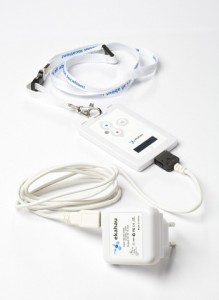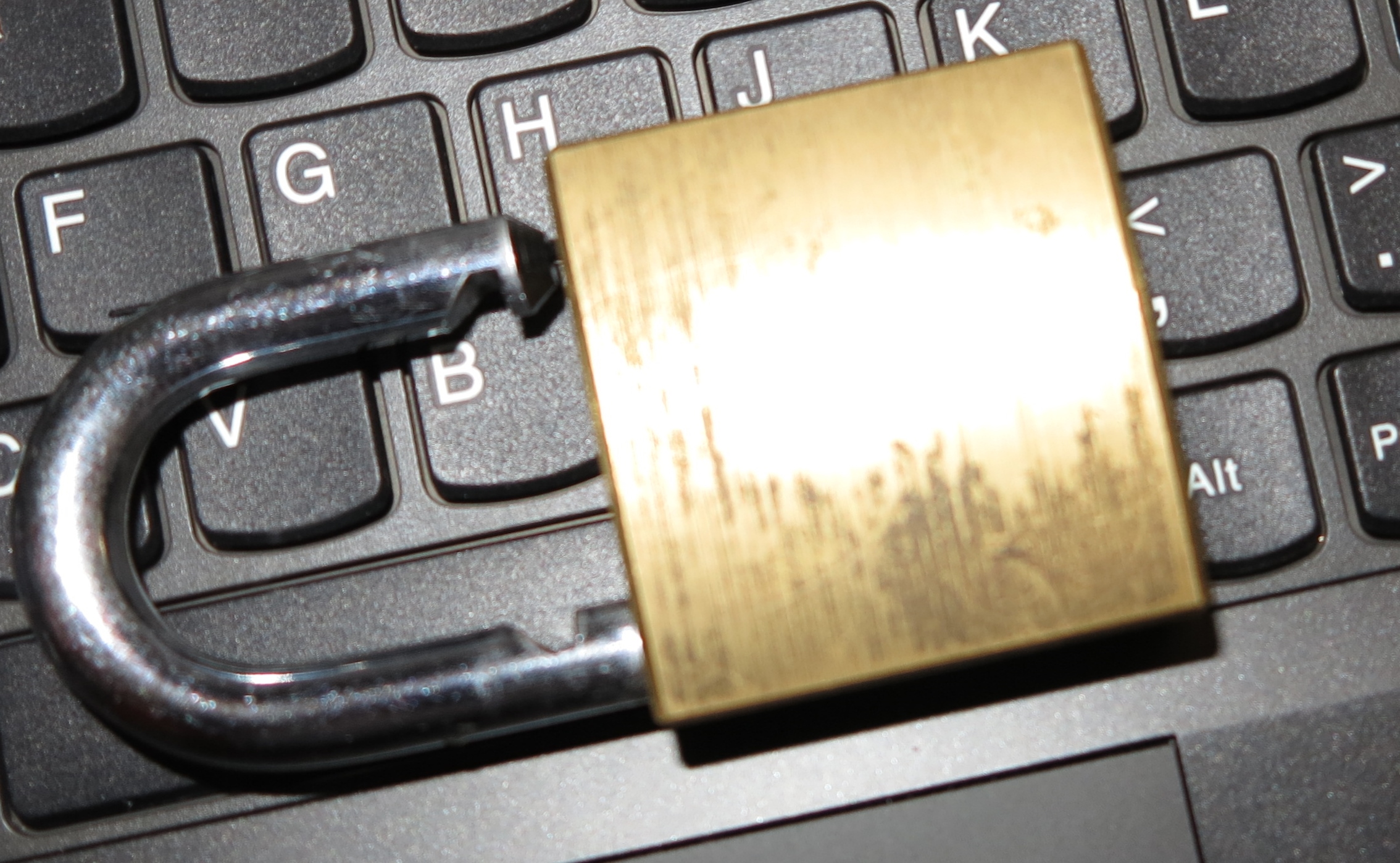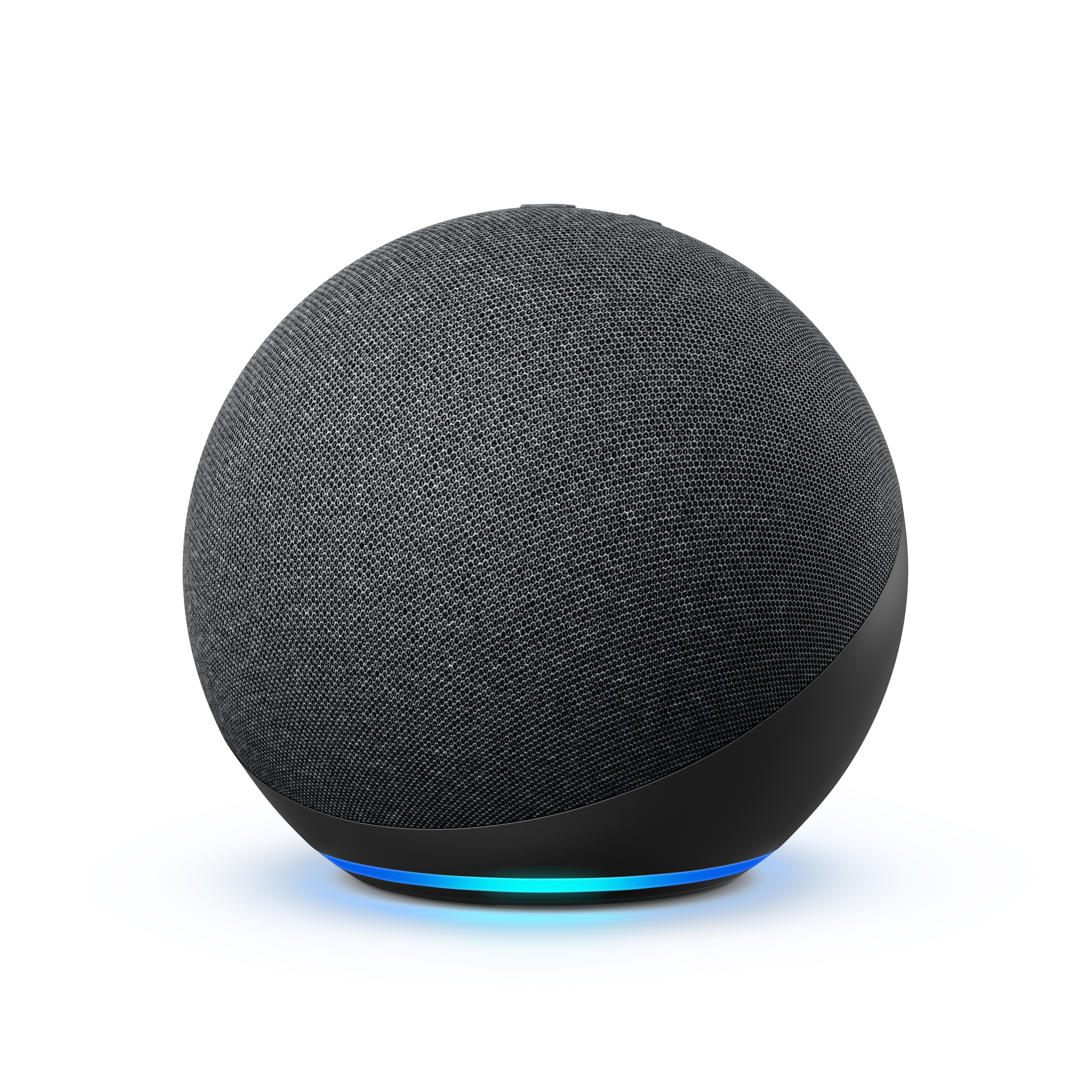Article – From the horse’s mouth
HID Global
Product Page with Healthcare use case (PDF)
My Comments
A key use case for Internet-of-Everything technology are wearable devices that have an emergency-signalling function. In the workplace, they are intended to be used by lone workers to signal for help from a security team in an emergency situation, with use cases being focused towards situations where they are at risk of being attacked. In the home, the primary use case is for elderly or disabled people who need to summon help, but it may also be applied to people at risk of falling victim to family violence or similar situations.
They are also being integrated in indoor-navigation technology so it is feasible to quickly locate the person who is at risk and provide help to them. There was a device offered by Ekahau that worked on multiple-access-point Wi-Fi networks and used the access points as a location means.
But HID Global have taken a different path with devices pitched to this use case. Here, their new Bluevision BEEKs Duress Badge Beacon, which is in a staff-badge form, is based on the same Bluetooth Smart 4.1 Low Energy technology as Bluetooth beacons. This device can also be integrated with building-access-control systems at the card level. Pressing the back of the badge can allow them to seek help from security who would know where they are in pre-defined areas thanks to the beacon-based technology.
It could be feasible to implement this technology with the badges as peripherals for smartphones, answering the needs of mobile workers for example. In this case, the device takes advantage of the phone linking to either a Wi-Fi LAN or a mobile broadband network.
As far as the home network is concerned, the Bluevision BEEKs badge would have to work with Wi-Fi to Bluetooth bridge devices. This could be a function that could be asked of with smart speakers or home AV that supports Wi-Fi (or Ethernet) and Bluetooth functionality, especially if the device is about working with peripherals including remote controls. But there could be the imperative to have Bluetooth 4.1 or 5 technology within Wi-Fi access points that are part of a distributed Wi-Fi system, typically to court IoT use cases.
This could lead to wearable emergency-call devices like this one that are pitched to workplace use being pitched towards home use especially with “ageing at home” which would be the main use case.
I also see the possibility of this kind of emergency-call functionality being integrated within smartwatches and other wearables, whether the wearable uses a Bluetooth link to the smartphone or has its own mobile-broadband connection. This can easily be delivered in a software form for platform-based wearables like watchOS (Apple Watch) or WearOS (Android Wear) or Fitbit Versa.
Here, it may encourage the user to have this kind of functionality always available without needing to wear other items, encouraging you to wear it more. Also having emergency / duress call functionality in a smartwatch or similar wearable allows you to signal for help without doing something obvious, something that may be of importance in a highly-charged situation.



